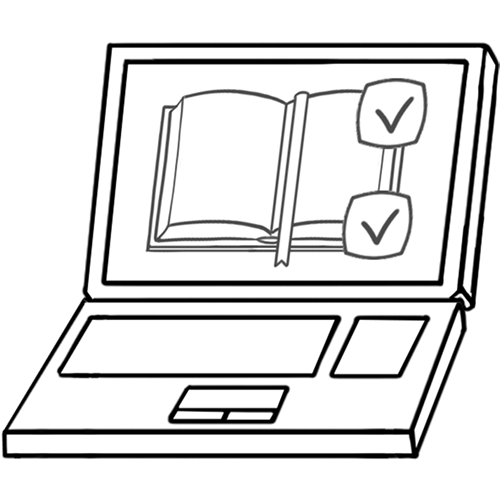1. Accessible
1. Created in necessary formats.
1. Is it created in necessary formats?
2. Easily reproduced and distributed.
1. Is it easily reproduced?
2. Is it easily distributed?
3. Appropriate font, size and layout.
1. Is it in the appropriate font, size and layout?
4. Editable.
2. Faithful
1. Reflects Original Text.
1. Does in reflect original text?
2. True to Greek and Hebrew.
1. Is it true to Greek and Hebrew?
3. Does not have additions or deletions.
1. Does it have additions or deletions?
4. Names of God retained.
1. Are the names of God retained?
5. Accurate key terms/key words.
1. Are key terms/words accurate?
3. Culturally Relevant
1. Idioms are understandable
1. Are idioms understandable?
2. Words and expressions appropriate for local culture.
1. Are words and expressions appropriate for local culture?
3. Reflects original language artistry.
1. Does it reflect original language artistry?
4. Captures literary genres.
1. Are literary genres captured accurately?
4. Clear
1. Meaning is clear.
2. Uses common language.
1. Does it use common language?
3. Easily understood by wide audience.
1. Is it easily understood by a wide audience?
5. Proper Grammar
1. Follows grammar norms.
1. Does it follow grammar norms?
2. Correct punctuation.
1. Is correct punctuation used?
6. Consistent
1. Translation reflects contextual meaning.
1. Does the translation reflect contextual meaning?
2. Does not contradict itself.
1. Does the text contradict itself?
3. Writing style consistent.
1. Is the writing style consistent?
7. Historically Accurate
1. All names, dates, places, events are accurately represented.
1. Are all names accurately represented?
2. Are all dates accurately represented?
3. Are all places accurately represented?
4. Are all events accurately represented?
8. Natural
1. Translation uses common and natural language.
1. Does the translation use common and natural language?
2. Pleasant to read/listen to.
1. It is pleasant to read/listen to?
3. Easy to read.
9. Objective
1. Translation does not explain or commentate.
1. Does the translation explain or commentate?
2. Translation is free of political, social, denominational bias.
1. Is translation is free of political bias?
2. Is translation is free of social bias?
3. Is translation is free of denominational bias?
10. Widely Accepted
1. Translation is widely accepted by local church.
1. Is translation widely accepted by the local church?

Write a note to the chunk
Save